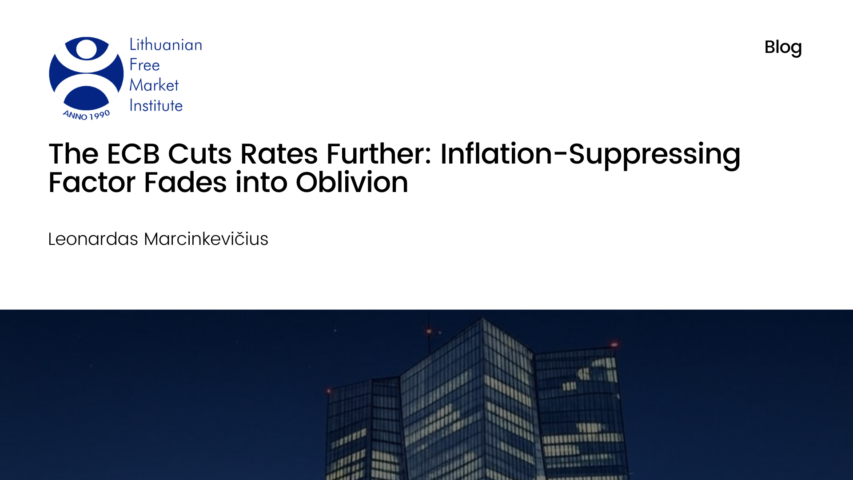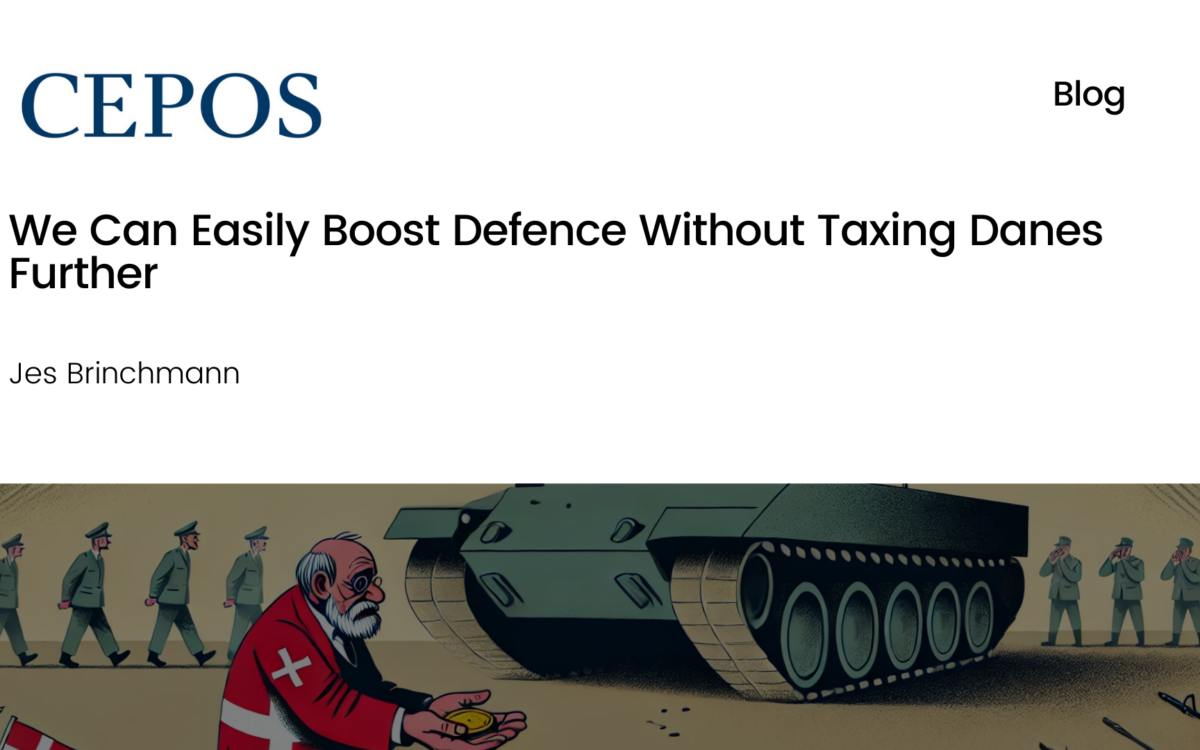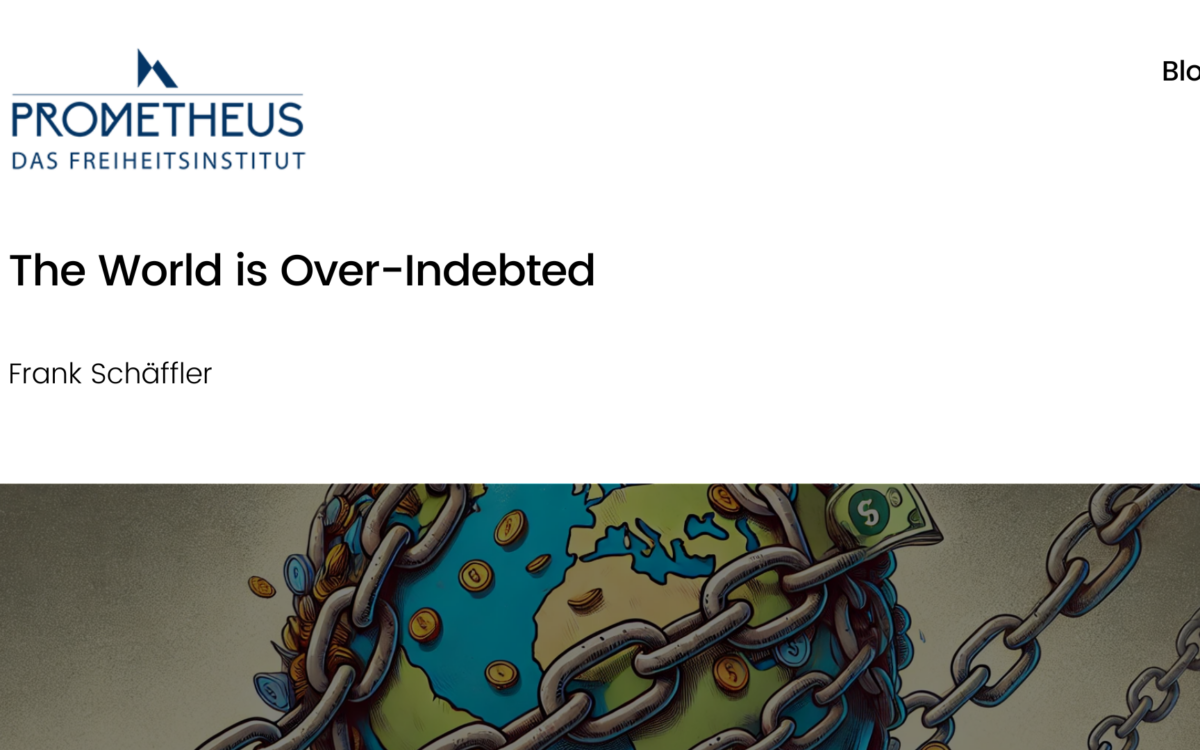The ECB Cuts Rates Further: Inflation-suppressing Factor Fades into Oblivion

The ECB Cuts Rates Further: Inflation-Suppressing Factor Fades into Oblivion
Leonardas Marcinkevičius // 14 January 2025
In its third consecutive meeting, the Governing Council of the European Central Bank (ECB) cut all three key interest rates by a quarter of a percentage point, as expected. They are now in the range of 3.00–3.40 per cent.
Although there was some speculation before the announcement that monetary policymakers might resort to a more rapid easing, it was a gradual tapering off that ultimately prevailed. In fact, Christine Lagarde, head of the ECB, admitted that while there were discussions about cutting rates by half a percentage point, it was decided that they would be reduced by a quarter.
Mission not yet accomplished
Alongside the rate cut, the ECB President also emphasised another message: the mission to curb inflation has not yet been accomplished.
The ECB is aiming for so-called ‘price stability’ at 2 per cent annual growth. Although growth was higher in November’s preliminary assessment, at 2.3 per cent, it is expected to inch closer to the desired level in the year ahead.
The rate of price increases fell below the threshold of 1.7 per cent in September but picked up again to reach 2 per cent in October. However, according to the ECB’s assessment, the rise in annual inflation recorded this autumn was due to a base effect – that is, the comparison of prices with the previous year – rather than current changes in prices.
This ECB assessment is also reflected in updated inflation forecasts. Compared to September, inflation estimates have been revised downwards, with the average annual inflation rate for 2024 forecasted to be 2.4 per cent, compared to the previously expected 2.5 per cent. This year as well, inflation is expected to be 0.1 per cent lower, coming down to 2.1 per cent. The revised forecasts suggest that monetary policymakers believe that some progress has been made in the fight against inflation since September 2024. Nevertheless, a premature belief that the mission has been accomplished risks sparking a new wave of inflation.
Money supply is back on a growth path
A further gradual slowdown in inflation is increasingly difficult to expect, since the main factor that has been holding it back is fading into oblivion.
The record inflation in the Euro area was driven by “cheap money’ during the pandemic, when the money supply (M1) in the economy increased by as much as a quarter. However, the rise in prices was dampened by turning the ECB’s actions upside down and halting the printing of money in July 2022. This allowed price growth to stabilise at a time when it had reached double-digit highs.
Once the ECB started easing up on its policy in the middle of 2024, it did not take long for the M1 to increase again. October was the first month since August 2022 when the annual change in this indicator turned positive, at 0.3 per cent (€10.4 trillion). M1 includes cash and funds held in current accounts. Its previous decline indicated that people for the last two years were relatively less able to spend money on consumer goods and services, which held back price increases.
At the same time, the broad money supply indicator, M3, which also includes time deposits and short-term debt securities, has continued to accelerate at an annual rate of 3.8 per cent, reaching €16.6 trillion. We may conclude, therefore, that the factors that have been suppressing inflation have now run their course, and that the effects of the recent monetary tightening are wearing off. Further cuts in interest rates will contribute to keeping the money supply on a growth path.
However, one factor will ensure that the ECB’s monetary policy remains two-sided. Cutting interest rates obviously implies easing the monetary policy. However, the policy of quantitative tightening will continue to be pursued through another channel. During the COVID-19 period, monetary policymakers not only kept interest rates at zero, but also carried out quantitative easing on an unprecedented scale, issuing a record €1.7 trillion worth of bonds under the pandemic programme. This was one of the factors driving the rapid increase in M1.
At the end of last year, the Governing Council decided to reduce reinvestment in the pandemic programme by €7.5 billion per month from June 2024 and to end it completely by the end of 2024. Reinvestment meant replacing maturing bonds with new ones, thus maintaining the amount of liquidity injected into the financial system. Quantitative tightening – the reduction of the ECB’s balance sheet – will therefore contribute to a reduction in liquidity. This will be one of the factors that will at least somewhat offset the impact of reduced base rates.
The debate on the neutral interest rate still on the horizon
A key question that remained unanswered after this meeting is how far the ECB is willing to go in lowering base rates. According to Lagarde, there was no discussion on neutral interest rates at the December meeting; yet, at the same time, she stressed that this issue could not be avoided in the near future.
This is a rate of interest that would neither stifle nor artificially stimulate economic growth. According to the governor, this issue will be raised more frequently as ECB rates move closer to what is theoretically considered a neutral rate, commonly considered to be around 2 per cent. Yet, as Lagarde points out, it is impossible to determine it precisely, which is the first problem monetary policymakers will face while making further interest rate cuts.
Members of the Governing Council are most likely to focus on whether base rates should be lowered below this threshold rather than on the search for a neutral interest rate itself. The need to return to a cheap money policy is increasingly on the minds of economists as well as officials. Bloomberg surveys show that a majority of economists believe that interest rates will fall to stimulus levels by the end of 2025. In October, it was still thought that they would remain at a neutral rate. The expectation now is that interest rates will continue to be cut by 25 basis points at each meeting in the year ahead before finally reaching 2 per cent in June.
Nonetheless, it must be understood that low interest rates are not a cure for all the economic problems plaguing the eurozone. If companies do not invest for other reasons, such as excessive restrictions or bureaucratic red tape, rather than a lack of credit, cheaper money will not save the economy. Further, a return to the ‘cheap money’ policy would devalue people’s savings and leave the fundamental problems of the economy unresolved.
EPICENTER publications and contributions from our member think tanks are designed to promote the discussion of economic issues and the role of markets in solving economic and social problems. As with all EPICENTER publications, the views expressed here are those of the author and not EPICENTER or its member think tanks (which have no corporate view).



